From the Ohio to the Pacific, fish played an important role not only for the Lewis and Clark Expedition, but the peoples they met on their journey.
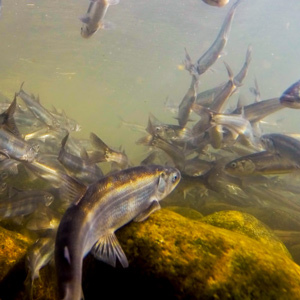

Eulachon have always played a critical role in the survival and commerce of First Nations, who give them important cultural status. The eulachon literally saved lives, earning them the name “salvation fish.”
September 23, 1803
Dangerous riffles


Near Maysville, Kentucky On or near this date, Lewis travels in the area between present-day Portsmouth, Ohio and Maysville, Kentucky. Contemporary traveler Thomas Rodney describes the rapids, fish, and hills in this area.
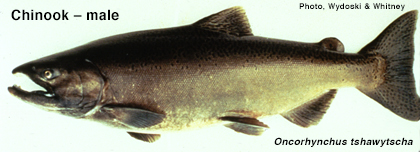

Meriwether Lewis and William Clark observed and described four fish belonging to the Salmonid family that were previously unknown to scientists, and that were basic foods for thousands upon thousands of Indians west of the Rockies.
Westslope Cutthroat
Salmo clarkii
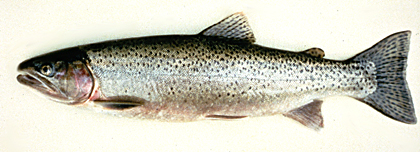

When Private Silas Goodrich caught half a dozen at the Falls of the Missouri, Lewis observed that these fish: “precisely resemble our mountain or speckled trout…but the specks on these are of a deep black instead of the red or goald colour of those common to the U.’ States.”
August 15, 1804
Dragging for fish
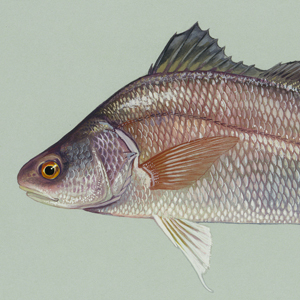

Fish Camp, Homer, NE Clark has a fishing net made to drag through a beaver pond, and they catch over 300 fish. When smoke appears, Dorion looks for Indians.


Salmon said, “When we come up the river we will die, so the human beings will have to catch us before that happens. I’ll come up only on certain times of the year and that’s when they’ll have to catch me.”
August 16, 1804
Hundreds of 'fine fish'
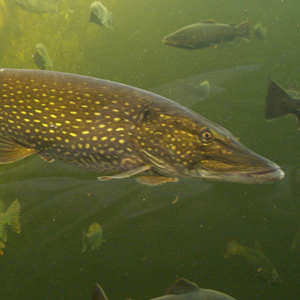

Fish Camp, Homer, NE Lewis tries his hand at dragging the fish net in the nearby creek, and they catch nearly 800 fish. They continue to wait for the return of the two deserters.
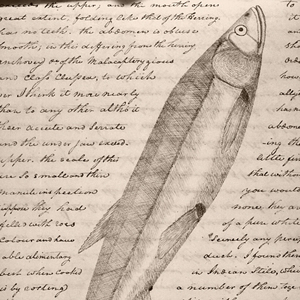
On 24 February 1806, Meriwether Lewis recorded that the Clatsop Indian chief, Coboway, came to the fort to sell some hats, some sturgeon, and “a species of small fish which now begin to run, and are taken in great quantities.”

